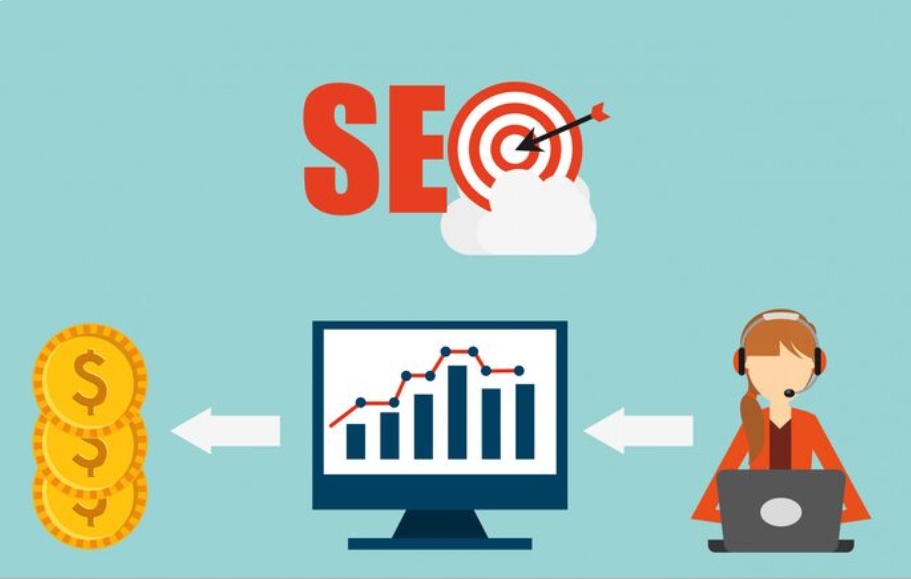Evaluate the Digital Marketing: Key Strategies for Success

In today’s fast-paced, tech-driven world, evaluate the digital marketing has become an essential tool for businesses to connect with their target audience, drive traffic, and increase sales. As more consumers spend time online, digital marketing provides businesses with an opportunity to engage with potential customers, build brand awareness, and drive growth. However, the sheer number of digital marketing channels and strategies can make it challenging for companies to determine which methods are most effective.
Evaluate the digital marketing efforts is crucial for businesses to understand their return on investment (ROI) and make informed decisions on where to allocate resources. In this article, we’ll dive into the key aspects of evaluating digital marketing strategies and how businesses can use this evaluation to refine their marketing efforts for better results.
Why Is Evaluating Digital Marketing Important?
Evaluating your digital marketing efforts helps you determine whether your strategies are working and if they align with your business goals. Without regular assessment, you might be wasting time and resources on tactics that don’t deliver the expected results. By continuously analyzing your campaigns, you can:
- Identify areas of improvement: Regular evaluation helps you pinpoint which strategies are underperforming and need adjustments.
- Measure ROI: Digital marketing evaluation enables you to calculate your ROI, ensuring that the money and time spent are leading to tangible results.
- Understand customer behavior: Evaluation helps businesses gain insights into customer preferences and interactions, allowing for more personalized marketing campaigns.
- Optimize future campaigns: By analyzing previous campaigns, businesses can optimize future marketing strategies, ensuring that they are more efficient and impactful.
Now, let’s explore the key factors you should consider when evaluating digital marketing campaigns.
1. Website Traffic and User Engagement
One of the first things to assess when evaluating your digital marketing is website traffic and user engagement. These metrics provide valuable insights into how well your marketing strategies are attracting visitors to your website. You can use tools like Google Analytics to track:
- Traffic Sources: Where are your visitors coming from? Are they finding you through organic search, paid ads, social media, or direct visits?
- Bounce Rate: How many visitors leave your website without interacting? A high bounce rate could indicate issues with your website’s user experience or content.
- Time on Site: The longer visitors stay on your site, the better. This metric indicates that your content is engaging and relevant to your audience.
- Pages Per Session: This tells you how many pages a visitor views before leaving. More pages viewed typically indicate higher user interest and engagement.
By analyzing these factors, you can determine whether your digital marketing strategies are attracting the right audience and if they’re engaging with your content in a meaningful way.
2. Conversion Rate and Lead Generation
Attracting website visitors is only half the battle; converting them into paying customers is the ultimate goal. That’s where conversion rate and lead generation come into play. Evaluating these metrics helps you determine the effectiveness of your digital marketing funnel and whether it’s turning leads into sales.
Key metrics to track include:
- Conversion Rate: This is the percentage of visitors who take a desired action (e.g., signing up for a newsletter, making a purchase). A low conversion rate could indicate problems with your sales funnel or website design.
- Lead Generation: How effectively are your digital marketing strategies generating leads? Are your ads, landing pages, and email campaigns encouraging visitors to provide their contact information or engage with your business?
By tracking these metrics, you can gain insights into how well your evaluate the digital marketing campaigns are driving valuable actions that directly impact your business goals.
3. Social Media Performance
Social media marketing plays a significant role in connecting businesses with their audience, increasing brand awareness, and driving traffic. Evaluating your social media performance helps you understand how your content is resonating with your followers and whether it’s achieving the intended goals.
Some key metrics to track include:
- Engagement Rate: This includes likes, shares, comments, and overall interactions with your content. A higher engagement rate indicates that your content is relevant and valuable to your audience.
- Follower Growth: How fast is your follower base growing? Steady growth in followers suggests that your content is attracting new potential customers.
- Click-Through Rate (CTR): How often are people clicking on the links you post? This helps you assess how effective your social media posts are in driving traffic to your website.
- Social Shares: When users share your content with their followers, it increases your reach and exposure, helping to grow your audience.
By evaluating these metrics, you can identify which social media platforms and types of content are most effective for your audience and adjust your strategy accordingly.
4. Paid Advertising Performance
If you’re using paid advertising strategies like Google Ads or social media ads, it’s essential to evaluate their performance to ensure they’re providing a positive ROI. The goal of paid advertising is to drive relevant traffic and conversions at an affordable cost.
Key metrics to analyze include:
- Cost Per Click (CPC): How much are you paying for each click on your ad? A high CPC may suggest that your ad targeting needs refinement.
- Click-Through Rate (CTR): The CTR tells you how effective your ad copy is in encouraging users to click. A low CTR might mean that your ad needs better copy or targeting.
- Cost Per Acquisition (CPA): This metric measures the cost of acquiring a customer through paid ads. By calculating CPA, you can determine if your ad spend is leading to profitable conversions.
- Return on Ad Spend (ROAS): This is a critical metric that tells you how much revenue you’re generating for each dollar spent on ads. A high ROAS means that your paid campaigns are delivering strong results.
By regularly assessing these metrics, you can optimize your paid advertising efforts to reduce costs and increase conversions.
5. Email Marketing Effectiveness
Email marketing remains one of the most effective ways to nurture leads and maintain relationships with existing customers. When evaluating your email marketing efforts, consider the following metrics:
- Open Rate: How many recipients are opening your emails? A low open rate could suggest that your subject lines are not compelling enough or that your email list is not well-targeted.
- Click-Through Rate (CTR): How many recipients are clicking on the links in your emails? A high CTR indicates that your content is engaging and that your call-to-action is effective.
- Unsubscribe Rate: If this rate is high, it may indicate that your emails are not providing enough value to your subscribers or that you’re sending too many emails.
By analyzing these metrics, you can refine your email marketing strategy, ensuring that your campaigns continue to deliver value to your audience and drive conversions.
Conclusion
Evaluating your digital marketingevaluate the digital marketing efforts is a crucial step in ensuring that your strategies are working effectively. By analyzing key performance indicators such as website traffic, conversion rates, social media engagement, paid advertising performance, and email marketing results, you can identify areas of improvement and optimize your campaigns for better results.
evaluate the digital marketing is a dynamic and ever-evolving field, and regular evaluation is essential to stay ahead of the competition. By continuously monitoring and optimizing your marketing efforts, you can achieve better ROI, strengthen your brand presence, and ultimately drive business growth.



